Yoga Osteoporosis – As we age, our bone density decreases, and for some, this can lead to osteoporosis, which can severely impact quality of life. Managing osteoporosis involves a combination of medication, diet, and physical activity. Among various exercise options, yoga has emerged as a gentle yet powerful practice that not only supports bone health but also improves overall well-being.
Table of Contents
Is Yoga Good for Osteoporosis?
Yoga is a low-impact exercise that emphasizes
- Flexibility,
- Balance
- Strength.
For individuals with osteoporosis, yoga can be particularly beneficial because it focuses on weight-bearing poses that help maintain and even improve bone density. Unlike high-impact exercises, yoga is gentle on the joints and can be adapted to suit varying levels of fitness and mobility, making it accessible for people with osteoporosis.
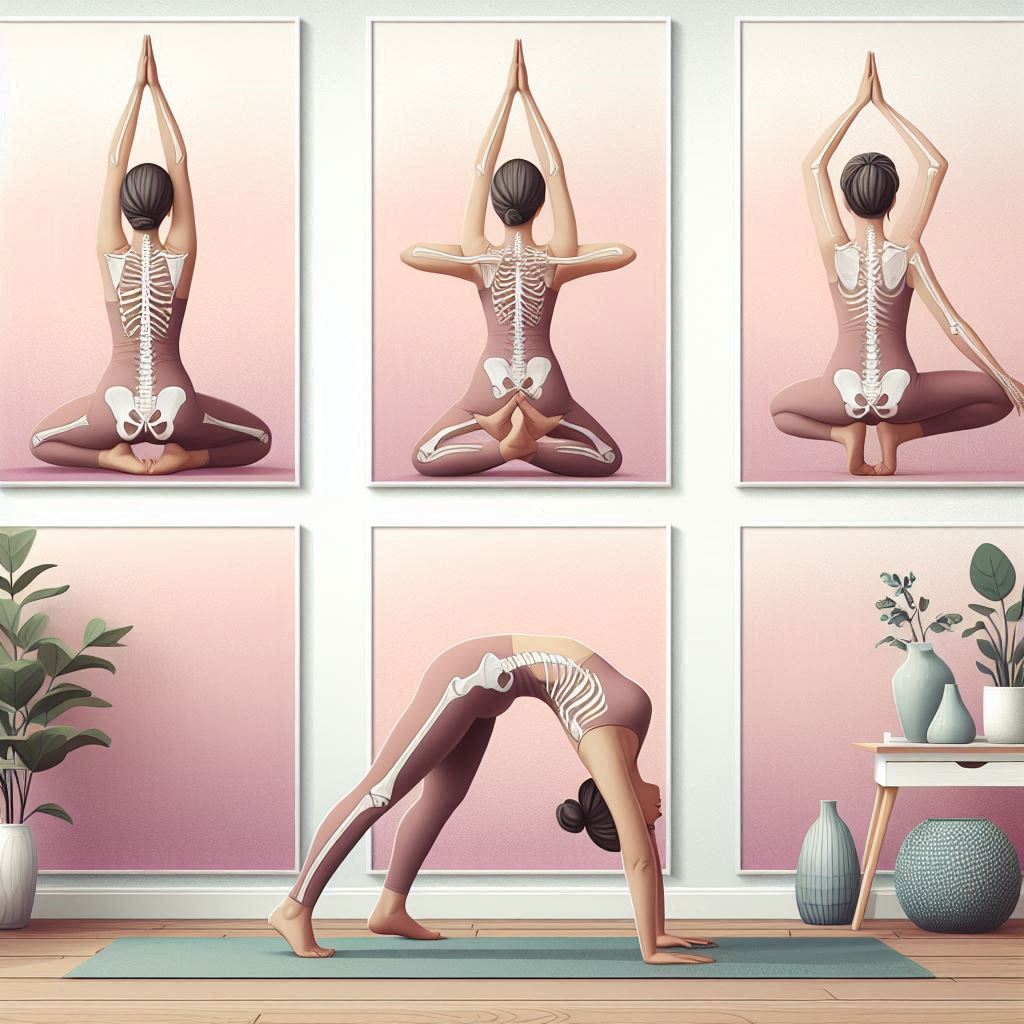
Which is Better for Osteoporosis: Yoga or Pilates?
When comparing yoga and Pilates for osteoporosis, both have unique benefits. However, yoga may have the edge when it comes to improving bone health. While Pilates primarily focuses on core strength and flexibility, yoga incorporates a wider range of weight-bearing poses that directly target bone density.
Moreover, yoga also includes breathing exercises and meditation, which help in reducing stress and improving mental well-being, aspects that are equally important in managing osteoporosis.
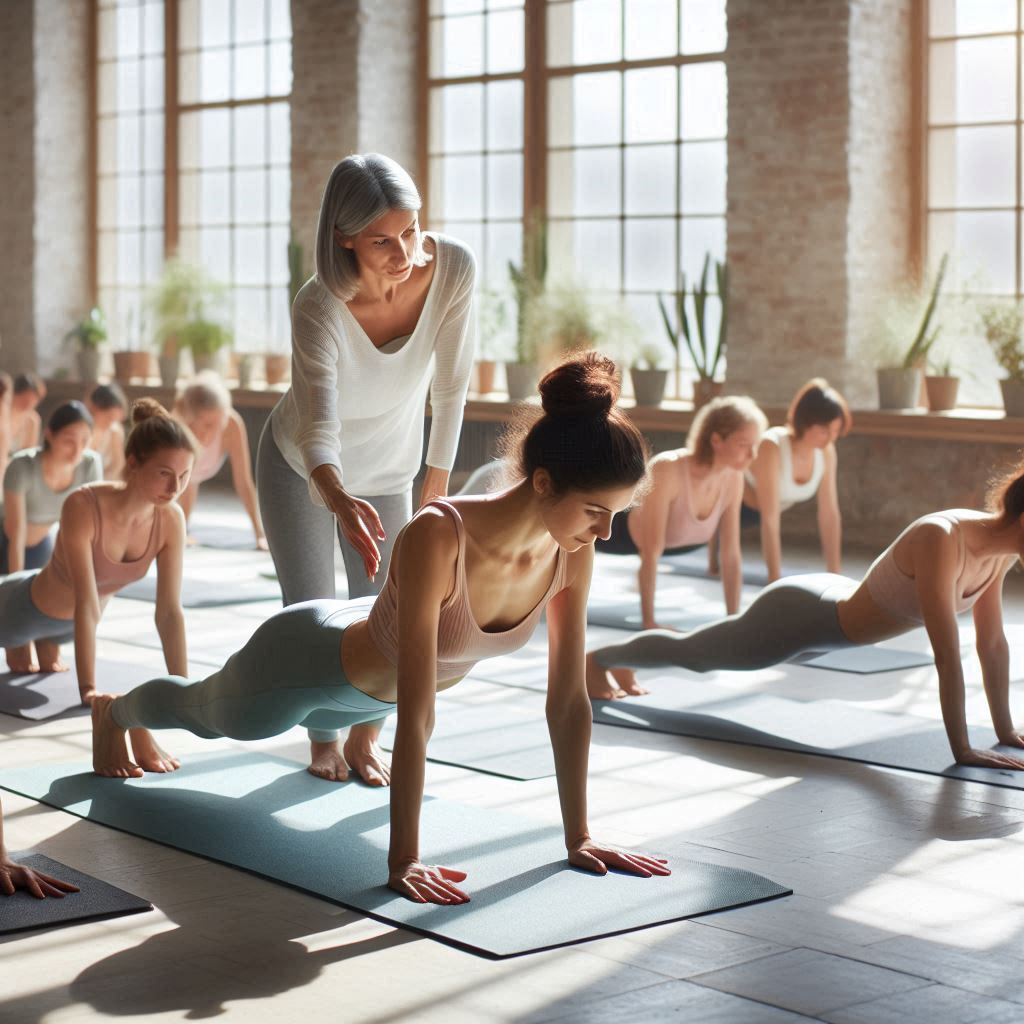
12 Yoga Poses for Osteoporosis
Incorporating yoga into your routine can help you manage osteoporosis effectively. Here are 12 yoga poses that are particularly beneficial for strengthening bones and improving balance:
| Mountain Pose (Tadasana) | – This foundational pose improves posture and stability, engaging the muscles that support your spine. |
Tree Pose (Vrksasana) | – A balancing pose that strengthens the legs, particularly the bones in the hips and thighs. |
| Warrior II (Virabhadrasana II) | – A powerful pose that builds strength in the legs and hips, crucial areas for those with osteoporosis. |
| Triangle Pose (Trikonasana) | – This pose stretches and strengthens the legs, hips, and spine, promoting bone health in these areas. |
| Bridge Pose (Setu Bandhasana) | – Strengthens the lower back, hips, and spine while opening the chest and improving flexibility. |
| Chair Pose (Utkatasana) | – A weight-bearing pose that engages the core, thighs, and hips, contributing to stronger bones. |
| Downward-Facing Dog (Adho Mukha Svanasana) | – A full-body stretch that strengthens the arms, legs, and spine, promoting bone density. |
| Cobra Pose (Bhujangasana) | – Strengthens the spine and opens the chest, helping to prevent the hunched posture often associated with osteoporosis. |
| Locust Pose (Salabhasana) | – Targets the lower back and strengthens the muscles along the spine, crucial for maintaining bone health. |
| Plank Pose (Phalakasana) | – A core-strengthening pose that also engages the arms, shoulders, and legs, supporting bone strength. |
| Half Moon Pose (Ardha Chandrasana) | – Enhances balance and strengthens the legs and hips, which are important for those with osteoporosis. |
| Corpse Pose (Savasana) | – While not weight-bearing, this pose is essential for relaxation and stress reduction, which indirectly supports bone health. |

Yoga for Osteoporosis on YouTube: Accessible Resources
For those new to yoga or looking to practice from the comfort of their home, YouTube offers a wealth of resources.
Numerous channels provide yoga routines specifically designed for individuals with osteoporosis. These videos offer guided instructions that are easy to follow and can be adapted to different fitness levels.
Practicing yoga through YouTube is a convenient way to ensure that you are performing the poses correctly, reducing the risk of injury and maximizing the benefits for your bones.
Incorporating Yoga into Your Daily Routine
Consistency is key when it comes to managing osteoporosis with yoga. Ideally, you should aim to practice yoga 3-5 times a week.
Start with a 15-20 minute session and gradually increase the duration as you become more comfortable with the poses. It’s also important to listen to your body and modify poses as needed. Yoga props such as blocks, straps, and bolsters can be very helpful in making the practice more accessible.

Conclusion – of yoga osteoporosis
Yoga offers a holistic approach to managing osteoporosis by not only strengthening bones but also improving balance, flexibility, and mental well-being. With its low-impact nature and adaptability, yoga is a highly recommended practice for those looking to maintain or improve their bone health. Whether through guided classes or online resources like YouTube, integrating yoga into your routine can be a powerful tool in combating osteoporosis.



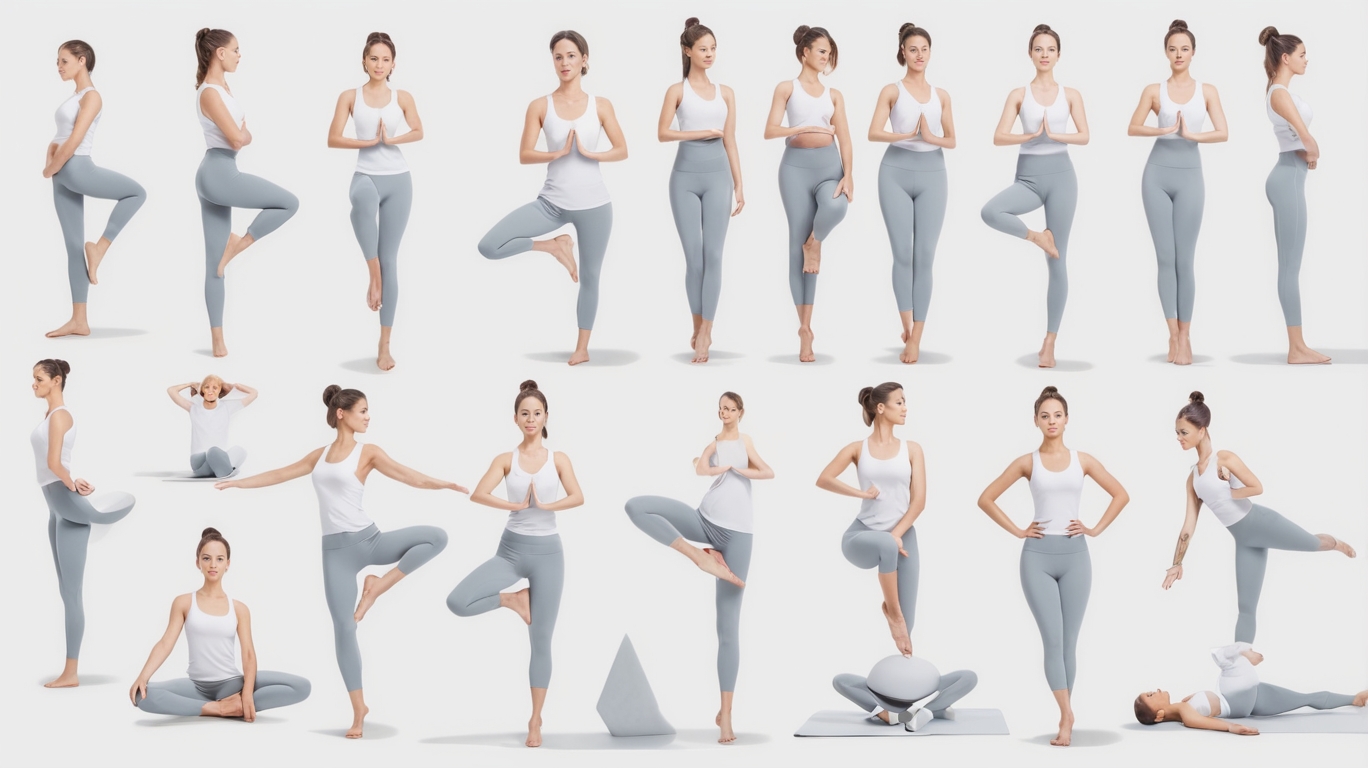



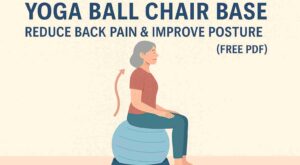
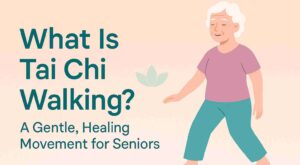

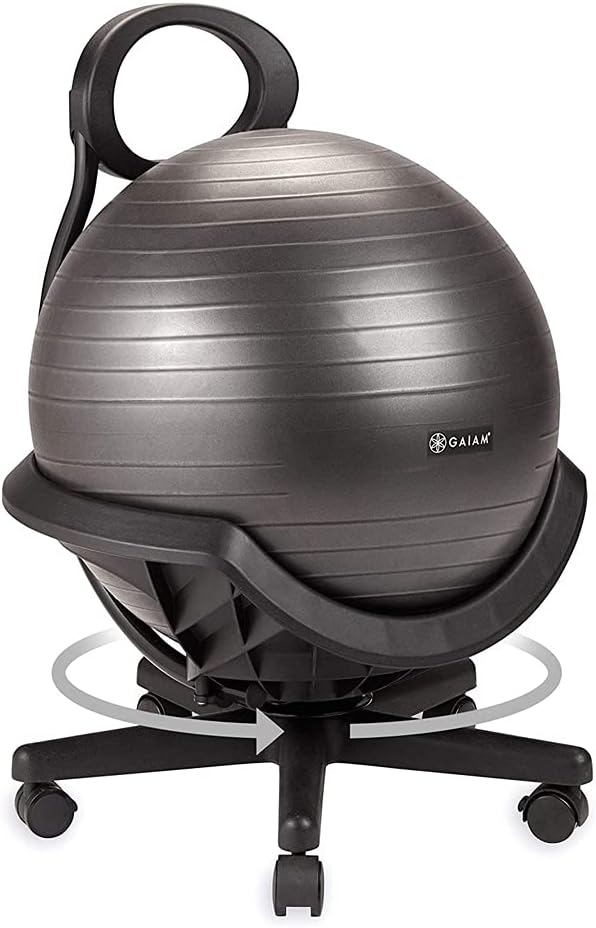

1 thought on “Yoga and Osteoporosis – Strong Bones”
Pingback: 5 Essential Heart Openers Yoga poses